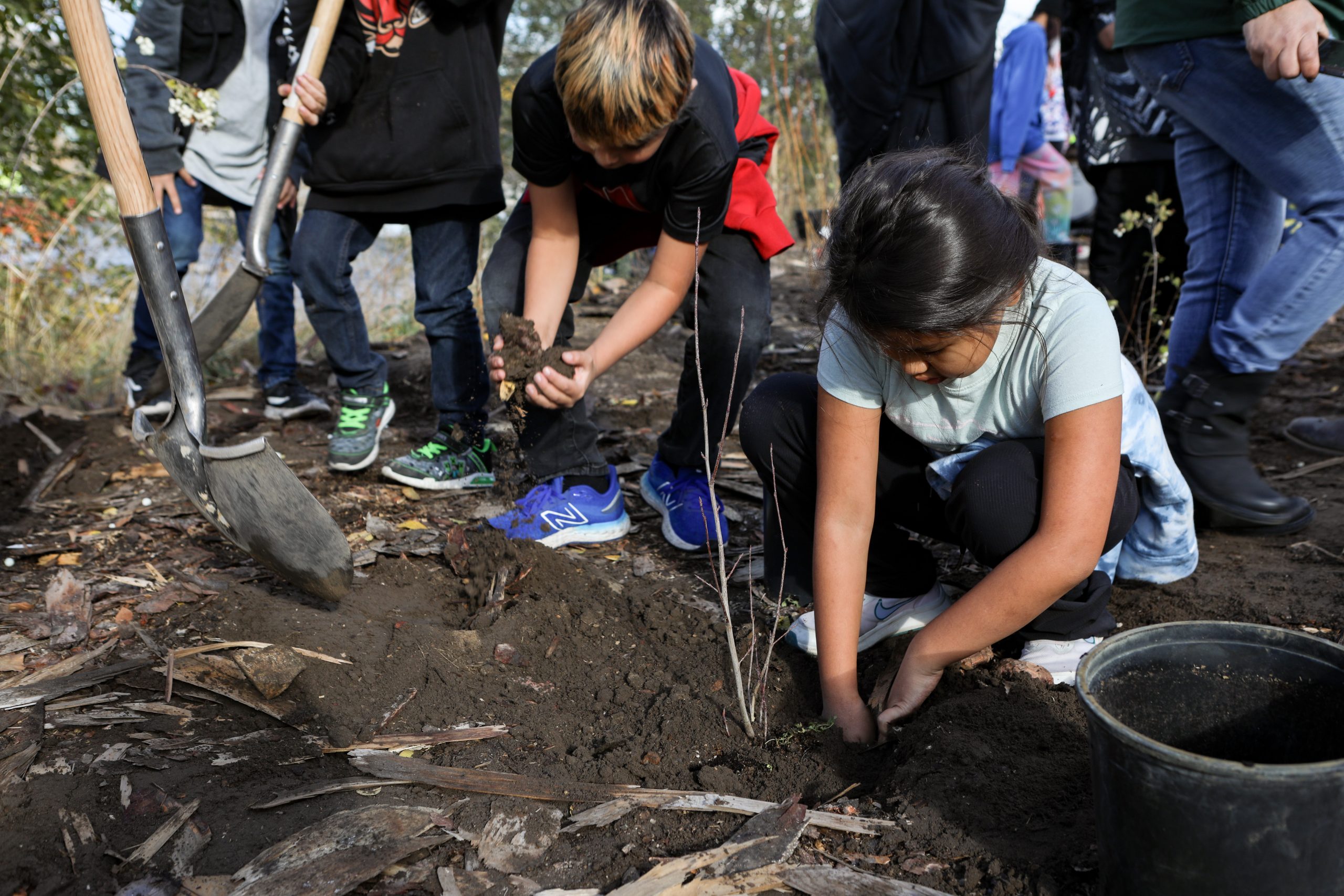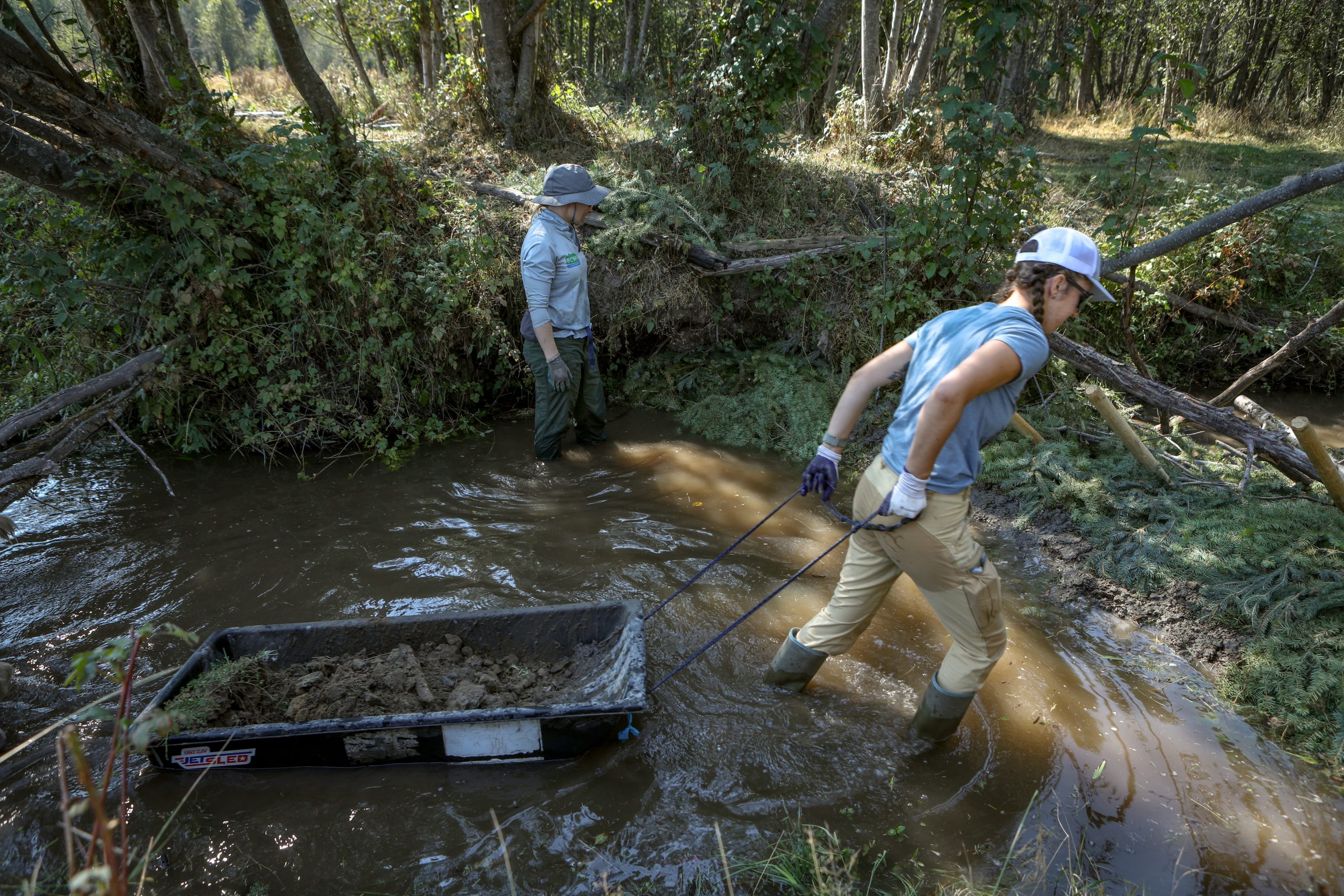‘This is the vision’: Inside Nlaka’pamux Nation’s quest to build ‘B.C.’s’ first major solar project
As the province fast-tracks development, the Southern Interior tribal council has lessons to share on how to build for the future
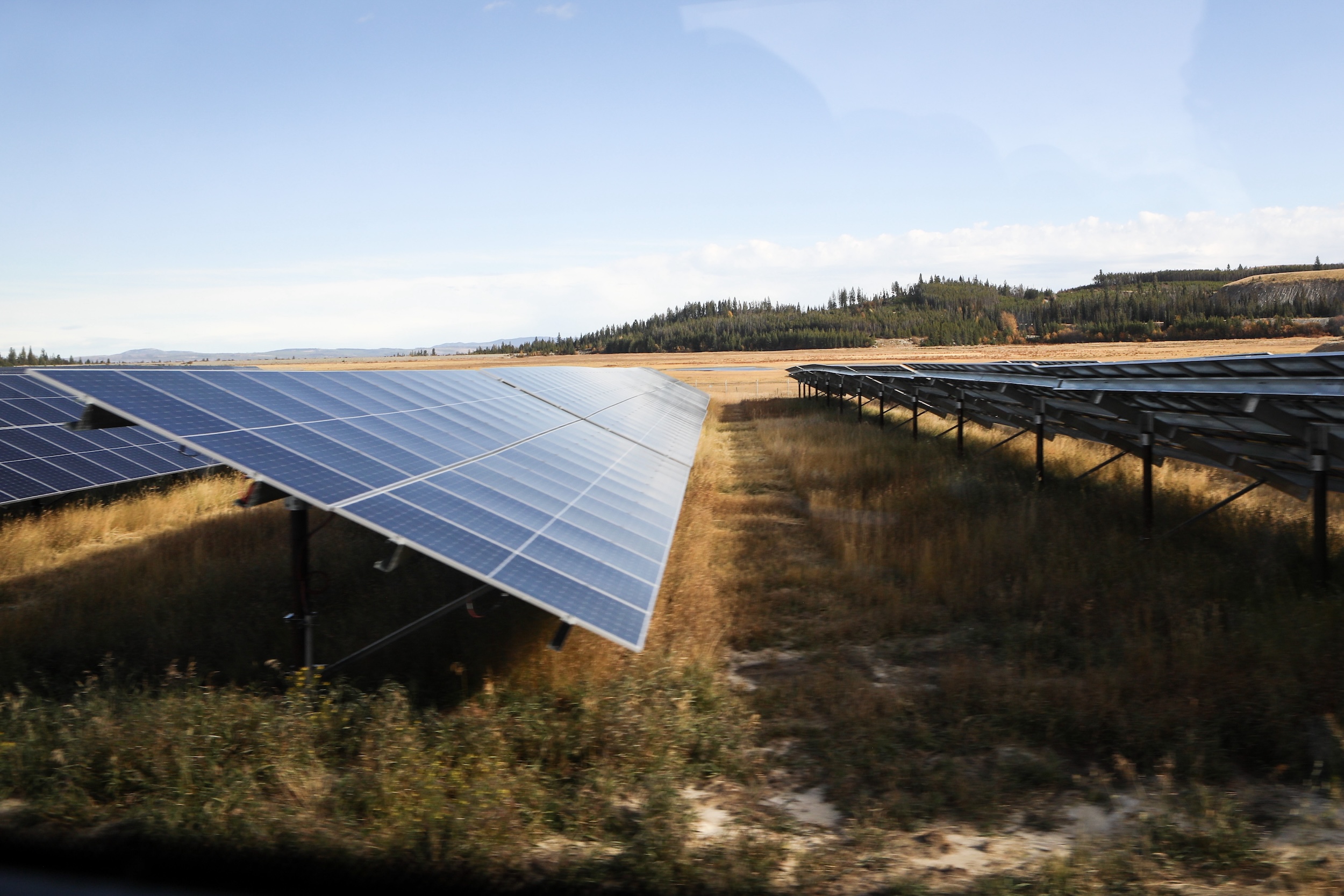
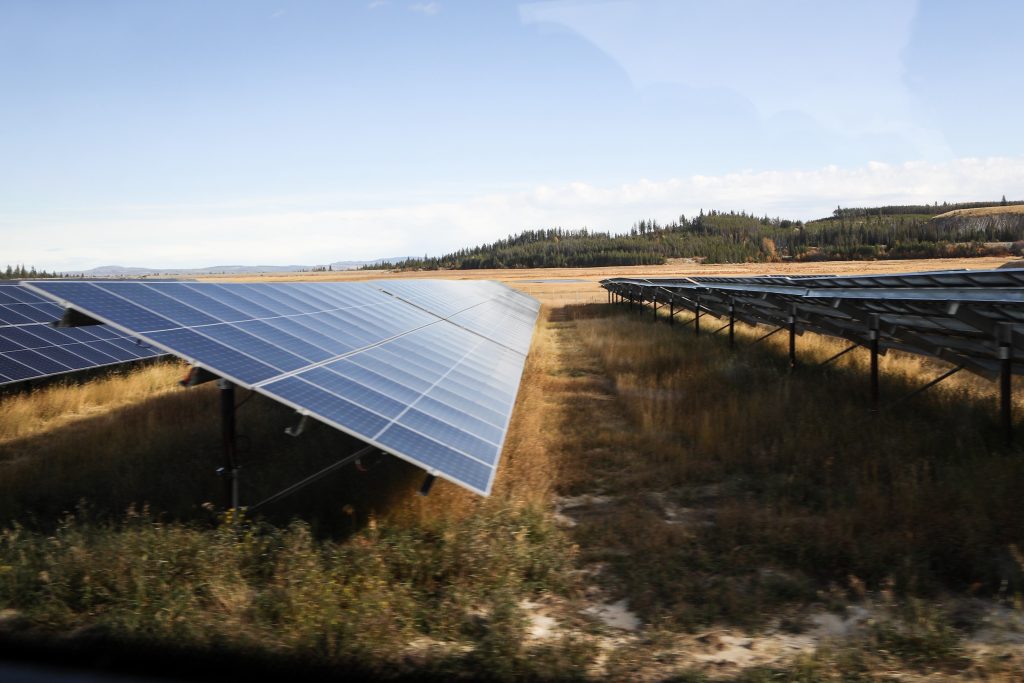
This story is a collaboration between IndigiNews and The Narwhal.
Deep in a clear-skied valley in “B.C.’s” Southern Interior, a vast array of identical black solar panels stretches into the distance, digesting invisible meals of sunlight.
For the occasion, Oregon Jack Creek Band Chief Matt Pasco holds one end of a giant, make-believe power outlet with a cotton rope for a wire, a lighthearted decoy to celebrate the province’s first grid-scale solar project at an event on Oct. 16. But the real thing is already hooked up and buzzing in the background.
“We got it built ahead of schedule, by quite a bit,” Pasco says.
For Pasco, chair and title protector at the Nlaka’pamux Nation Tribal Council, the quA-ymn Solar Facility is a reminder of how quickly things can move under the right conditions. And how long it can take for them to arrive.
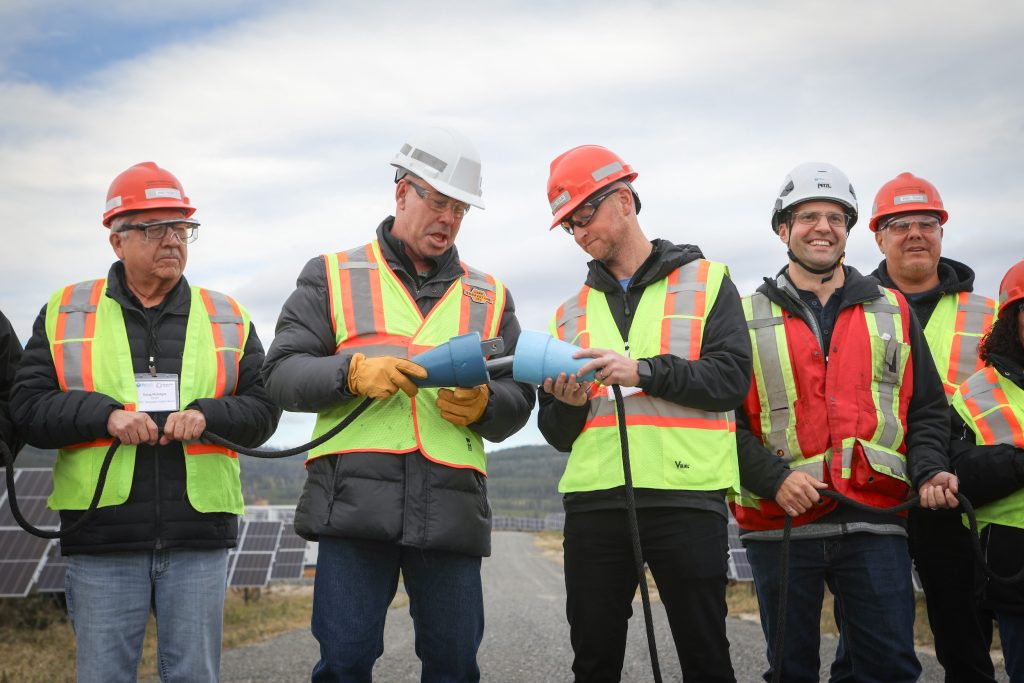
Built atop a reclaimed tailings pond on the Highland Valley Copper mine near the town of “Logan Lake,” the project’s 39,000 solar panels span the equivalent of around 80 football fields, capturing enough sunlight to power 2,400 homes annually.
The project is a partnership between the tribal council and BluEarth Renewables and was financed by the Canada Infrastructure Bank. At the project’s outset, the Nlaka’pamux council included the Oregon Jack Creek (Nteqem/Snapaa), Lytton, Skuppah, Boothroyd and Spuzzum member communities, though the latter is no longer part of the council.
“It’s taken a real extraordinary effort to get here,” Tom McCarthy, “B.C.” deputy minister for policy and coordination, said in a speech at the event. “I also know this wasn’t a sure thing.”
It took a court case and snarling bureaucratic delays over a period of 14 years, a saga that concluded in victory for the Nlaka’pamux Nation as the assembled crowd toured the facility.
Globally, solar capacity has ballooned in recent years, driven by technological innovations and economies of scale — but “B.C.” has lagged behind. Now that this project is complete, the nation already has plans for more.
“We want to build a new reality and work together in our shared homelands,” Pasco says.
The politics of getting things done in the province are undergoing a transformation. Under a new wave of fast-track laws and coming regulations, long-held processes are being scrapped in the name of speed. These changes include Bills 14 and 15, laws that remove environmental assessment requirements and other guardrails from projects including wind farms, transmission lines and new mines.
But as Nlaka’pamux surveys the view from “B.C.’s” sole foothold in large-scale solar generation, Nadine Hoehne, a title implementation specialist with the tribal council, has another approach in mind.
“There are ways that the province can be, I think, doing a lot more to support the building of an economy that does include Indigenous people,” she says, of her personal views.
“They’re just not there yet.”
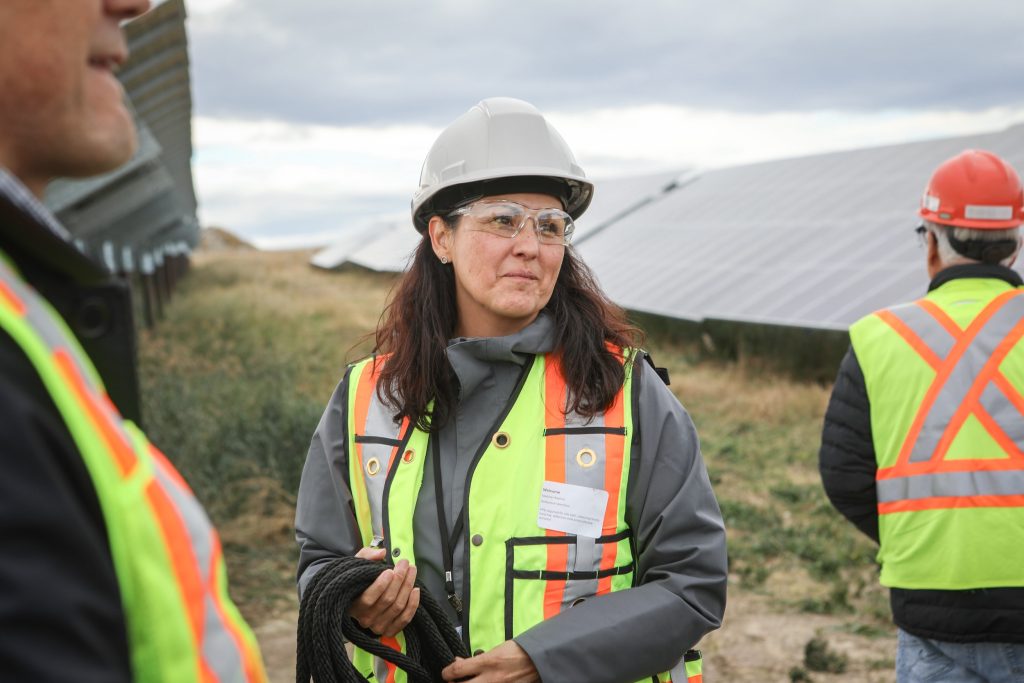
‘They had no choice’: Nation has fought to have a voice in provincial projects
Nlaka’pamux Nation has seen its fair share of projects pushed through.
From above, its territory is carved by a web of razor cuts, including two major transmission lines carrying power from the Interior’s dammed rivers to the densely packed urban centres to the west.
The lines had been there for decades, built without First Nations’ consent despite the wide-open tracts of permanently deforested land they would require.
In 2006, the British Columbia Transmission Corporation, soon to be BC Hydro, hatched a plan to build a third line, stretching between “Merritt” to “Coquitlam.”
Pasco says BC Hydro failed to properly negotiate with the nation to address the line’s impacts.
“They wouldn’t sit with us,” Pasco recalls. “So we had to go to court for them to take us seriously.
“Then they had no choice.”

The province’s utility regulator claimed it had no responsibility to intervene when affected nations raised concerns, but the B.C. Supreme Court found that decision to be an “error in law,” revoking the project’s approval.
In the negotiations that followed, former Chief Melvin Bob of Spuzzum First Nation helped ensure Nlaka’pamux communities worked together as a nation, which Hoehne says was a diametric approach to BC Hydro’s tendency to negotiate with band councils in isolation.
In an email, BC Hydro says it “consulted extensively with First Nations” on the transmission line’s potential impacts, adding that “BC Hydro has included band councils to take an inclusive approach and been guided by their directions on how, including collectively, they wish to be consulted.”
The process led to a commitment from BC Hydro to develop an ongoing relationship-based approach to development in the territory, and an agreement to buy power from a future energy project of the tribal council’s choosing.
At the time, such opportunities were scarce. That’s because for most First Nations in the province, BC Hydro’s monopoly system and its vast powerlines are behind a locked door. It chooses when, if ever, to add power to its system.

Brief openings came in fits and starts, including in the ’80s, when the tribal council’s late Grand Chief Bob Pasco, Chief Matt Pasco’s father, negotiated a partial, rights-based share of a run-of-river project in the territory.
Another window opened in the 2000s, when then-premier Gordon Campbell, intent on privatizing everything from energy to health care, created the largest call for independent power producers in the province’s history. As private companies scrambled to place bids, First Nations began to assert their rights on projects in their territories, with many eventually gaining equity stakes in what was then mostly run-of-river hydro projects.
It wouldn’t last long. By 2010, Campbell announced his government had a new plan: a megadam called Site C. Opportunities for First Nations, many of them still vying to enter the industry, would begin to dry up.
That meant Nlaka’pamux’s court-assigned agreement with BC Hydro, signed in 2011, was a rare chance.
The nation decided on a solar project situated on the reclaimed tailings pond site. It would “tick all the boxes,” Pasco says, both for its ready-made access to high voltage transmission built for the mine, and because the already-disturbed site would incur a lesser impact.
And then, they waited.
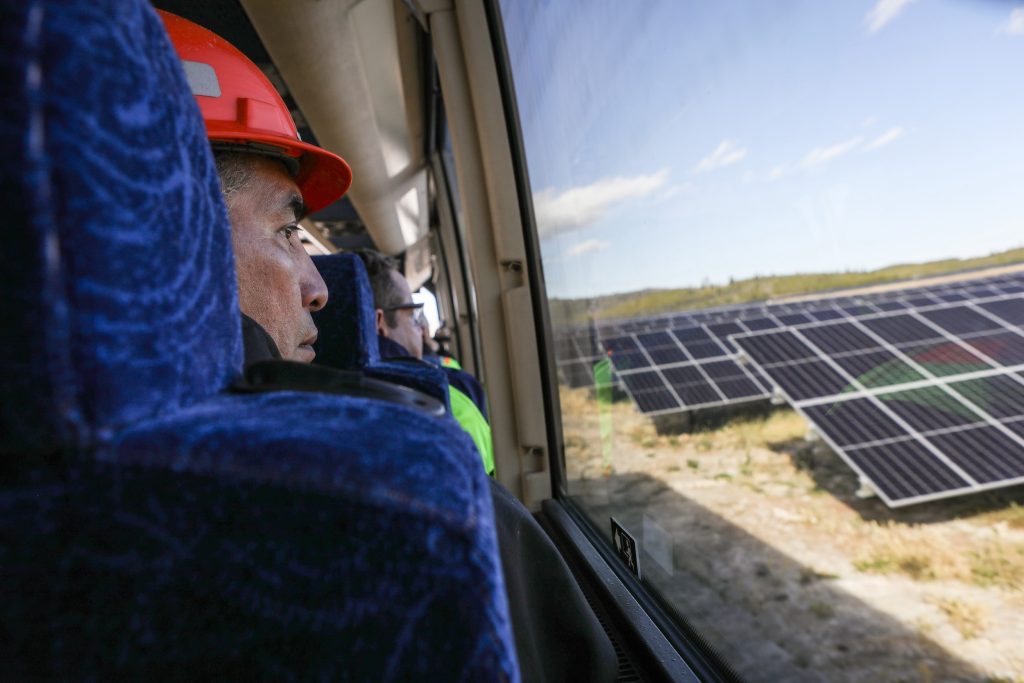
Solar project stymied by years-long provincial delays, barriers
For almost a decade, the project was idle, waiting for the B.C. Ministry of Finance to devise a tax policy that would allow the province’s first grid-scale solar project to pay its dues.
“It’s pretty clear they didn’t care to do it,” Pasco says. In meetings, he recalls the province told the nation to build the project on its reserve, a prospect both insulting and spatially impossible: the reserve simply did not have the space. “That was their answer multiple times.”
Nine years into the waiting game, a tax code was finalized at last. But the celebration was short-lived, because the policy’s fine print included a death knell.

To capture tax revenue, the town of “Logan Lake” includes Highland Valley Copper mine in its municipal boundaries. Under the new tax policy, quA-ymn’s location on the mine’s reclaimed tailings pond meant the project would pay substantial taxes to both the municipality and the province.
‘It sinks the project,” Hoehne says, remembering the analysis delivered by the nation’s tax consultants.
The district of Logan Lake worked to remove the obstacle, lobbying the provincial government and bringing a motion to the annual conference of municipalities, calling on the province to adjust the rate. But the province refused to budge.
“Why wouldn’t you support something like this?” Wade Archambault, chief administrative officer at the district of “Logan Lake,” says. He adds that development projects like quA-ymn’s offer the town a chance to build its relationship with the nation and an opportunity to diversify its own economy, currently yoked to the mine.
In the final hour, the town identified a stop-gap solution, gnarled in the recesses of provincial tax codes, which allows municipalities to provide a 10-year extension to special projects. But that means the municipality can’t collect taxes from the project. It’s not a long-term solution, Hoehne says, but “we have 10 years here to deal with it.”
Archambault is hoping to find a permanent solution before the 10-year window runs out for his own town, and for others. Without that, future solar projects, including on reclaimed mines, may be stymied. “You’re not going to see any projects happen within municipal boundaries,” he says.
By email, the finance ministry told The Narwhal change is unlikely, writing, “At this time, the province is not considering the creation of additional property tax classes.”
How much energy?
After a decade of bureaucratic inertia, Pasco bristles when he thinks about “B.C.’s” recent efforts to fast-track major projects. “I find it gross,” he says, of the insinuation that consent processes with First Nations are what’s slowing the province down. “They’re masking the real problems.”
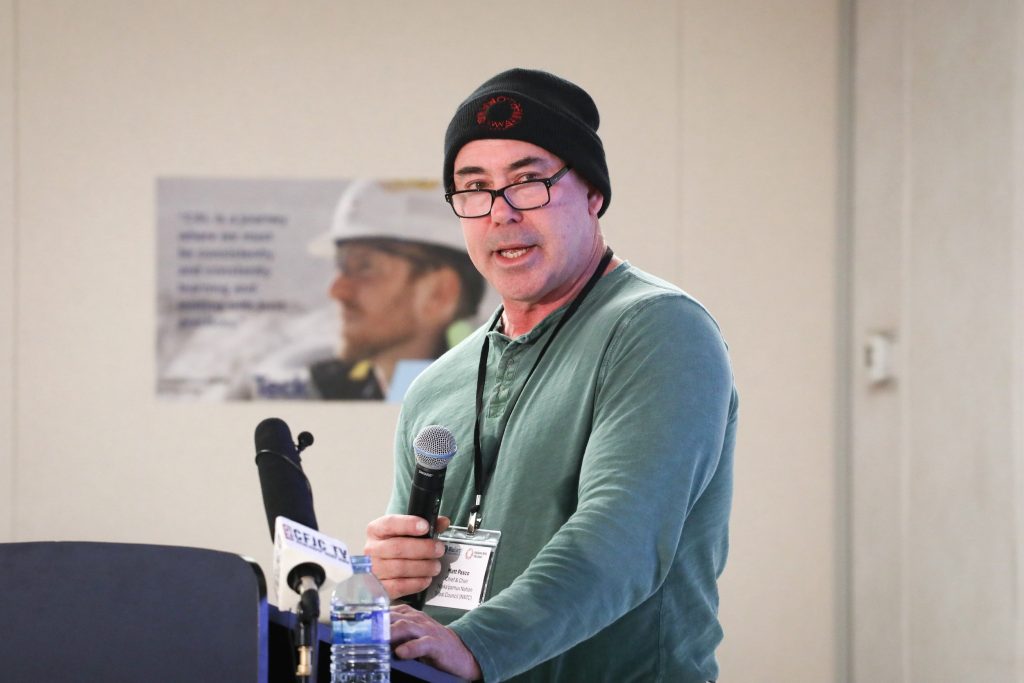
Among them, he says, is the province’s disregard for the nation’s jurisdiction that long-sidelined the quA-ymn project, and its failure to plan for the energy needs of the future, which include a growing industry of power-hungry data centres.
When the B.C. NDP government came into power in 2017, it re-committed to finishing the long-delayed Site C Dam, and formally scrapped the long-closed windows for renewable producers.
“B.C. has actually been a bit of a dead zone for renewable energy development,” Arthur Bledsoe says. Bledsoe is a senior analyst on the renewables in remote communities team at the Pembina Institute, one of the groups that, along with many First Nations, has long warned of a coming power deficit.
Then in 2023 BC Hydro pulled a U-turn on its energy forecast, updating a five-year energy plan in less than two years to announce that its anticipated surplus was now an expected deficit, equivalent to roughly half the size of the Site C dam. The fine print reveals that this estimate, too, was conservative, excluding future power required to electrify LNG and the energy needed to meet the province’s climate goals.
Meanwhile, other threats to “B.C.’s” energy supply loom, including record droughts impinging on its hydropower supplies, which the province stopped disclosing in its 2019 report after showing a steep downward trend.

With a provincial energy shortfall on the horizon, Pasco says “B.C.” is long overdue for an influx of solar. “It shocks me that solar has taken this long,” he says.
Globally, solar is booming, doubling in capacity in the last two years alone.
“People are really talking seriously about a future where solar is one of the dominant power sources,” Sara Hastings-Simon, an associate professor in the department of earth, energy and environment at the University of Calgary, says.
That rapid growth is thanks to falling costs in panel and battery technology and economies of scale. One of solar’s main selling points, says Hastings-Simon, is its relative simplicity compared to complex systems like gas or nuclear plants. It can be scaled up or down, to a balcony or hundreds of football fields, to meet demand.
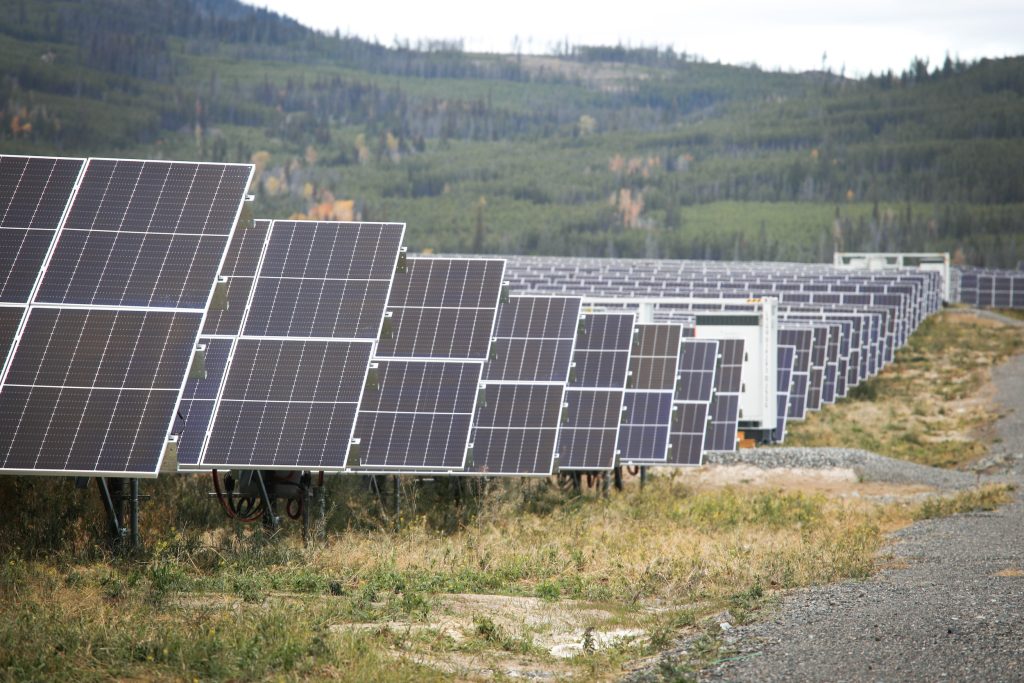
Compared to sun-rich prairie provinces, “B.C.’s” reputation for notoriously cloudy, rainy skies suggests less-than-ideal solar conditions, but that deficiency isn’t province-wide: in the sunny Interior, for example, quA-ymn’s solar conditions match those of “Ontario,” which currently leads among “Canadian” jurisdictions for installed solar capacity.
Even in places with less sun, Hastings-Simon still sees opportunities for solar. “It doesn’t mean that solar is uneconomical,” she says. “It just means that it’s slightly more costly.” As costs for solar continue to fall, she says opportunities for cheap solar power will only widen.
‘This is the vision’
After years of closed doors, the opportunity for First Nations–owned renewable projects is opening again.
After a 15-year pause, “B.C.” announced its first call for bids from power projects last year, and issued a second call this summer. “It’s a time when we can’t build enough,” Cole Sayers, executive director of Clean Energy BC and a member of the Hupacasath First Nation, says. “First Nations leadership is a significant part of that work.”
This time, the province is only accepting bids from big energy projects: a minimum capacity of 40 megawatts, almost three times larger than quA-ymn.
Thanks to their experience building a smaller project, Nlaka’pamux Nation Tribal Council was ready when the call came, Pasco says. Theirs was the only project awarded a contract to build solar. Once complete by around 2030, it’ll be roughly seven times the size of quA-ymn.
“We will crush the current largest solar project with our own,” Pasco says.
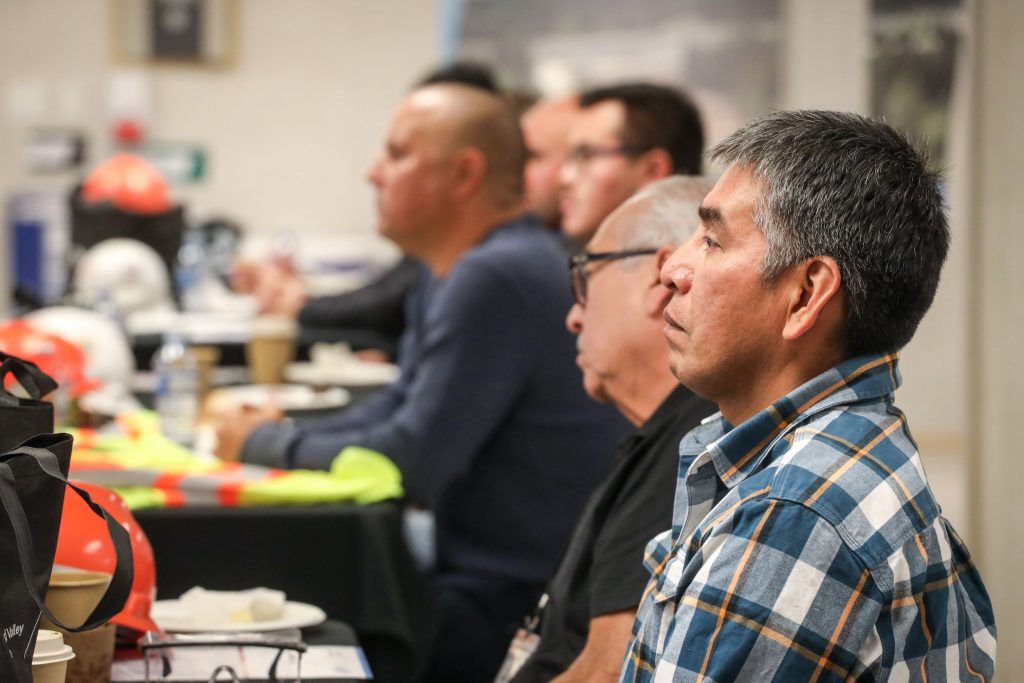
As a project developer, Hoehne says the nation intends to do the kind of business it wants to see in the territory.
The nation plans to dedicate revenue from the projects to build an assisted living facility so that Elders can live near their families. Already, the quA-ymn project has installed rooftop solar systems in eight communities, based on feedback they received from communities that want secure power for emergency communications with their families during the worsening years of floods and fires ahead.
As it develops the next solar project, the tribal council is carrying out its own approach to environmental assessment that prioritizes First Nations’ jurisdiction.
“We’re going out and meeting with the communities and understanding what processes they want to use to decide on the project,” Hoehne says.
It’s an approach she says the council brings to its meetings with the province.
“This is the vision,” she says. “This is what we can do when we’re getting it right.”
Editor’s note: This story has been updated to correct the spelling of Arthur Bledsoe’s name, and to clarify his professional title.
Author
Latest Stories
-
‘Bring her home’: How Buffalo Woman was identified as Ashlee Shingoose
The Anishininew mother as been missing since 2022 — now, her family is one step closer to bringing her home as the Province of Manitoba vows to search for her
-
‘Our lives are documented in the art’: Snuneymuxw design house weaves love and loss into new collection
Ay Lelum debuted its latest ‘Bright Stars’ collection in Paris on Oct. 2, with designs that record family history through clothing



